Abstract: Film lighting is both art and technology. This paper analyzes and explores the dark control problem in film lighting from the perspective of aesthetics and technology.
[Keywords] Western painting, light, smoke, light, opacity, warm color, light, light, contemporary, photographer, view of dark control
1. Cinema photography and Western classical oil painting have many commonalities in aesthetic concepts, and there are many correlations in modeling features. Painting concepts often have an impact and penetration on dark control in film lighting.
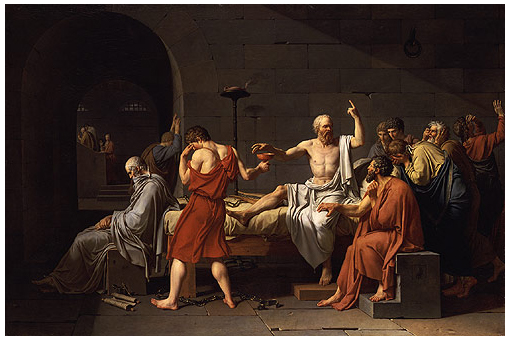
Classical painting
Classical styling views and consciousness have a profound impact on film photography. Most of the film and photography teaching in Europe and America, when talking about the content of the styling and the picture, will start from the classic painting. It can be seen that proper study of Western classical realism paintings is very valuable for the creation of film photography. However, this alone is not enough. Cinema photography is a modern art, not only in terms of technology, but more importantly, there are many styling concepts that go beyond classicism. In modern photographic art, light, as the most important modeling factor and means, plays a very important role in the structure of the whole picture.
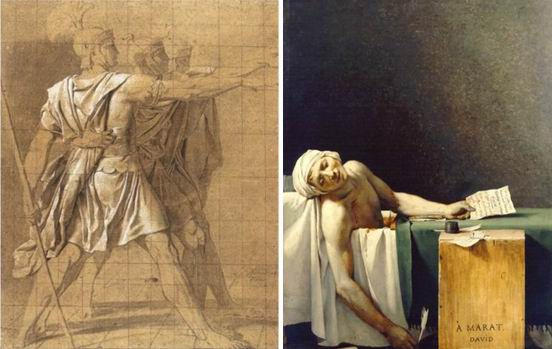
Dark control
Although the area of ​​the dark part is mostly in the heavy color area, the concept of the dark part and the heavy color area is different. The study of light and styling in the Renaissance was concentrated in the sketch theory of Western academics. This theory holds that in a classic lighting environment, objects present five tones. High light, gray surface, light and dark wiring, reflection and projection. The light and dark wiring of the backlight surface, the reflection and the projection are collectively referred to as the dark part. For the tone of the bright part, most of them are bright and transparent, and the layers are rich, which often become the focus of image creators. The dark part is often ignored by the creators who lack experience. In fact, the control of the dark part of the picture is extremely important. In the theory of sketching, the dark parts of the picture are connected together, and the outer contour hidden in the dark part is greatly weakened in the modeling strength. The outline of the dark part itself, from the light and dark lines to the projection, forms a relatively independent and complete area in the image of the image.
2. Factors involved in dark control under traditional technical conditions.
Base light
When illuminating the interior scene, the usual procedure is to first lay the base light, which determines the minimum density of the dark part of the picture, which is a prerequisite for the illumination of the dark part of the picture.
The lighting of the base light is the general illumination of the light from the center of the set or in front of the set with a softened diffusing light. It is a method of interior lighting treatment. The purpose is to make the scenery and people receive uniform low-light illumination, so that the lowest density of the image can be produced on the negative film after shooting, and the dead point on the screen is eliminated. The base light is usually illuminated with a low-illuminance astigmatism lamp, and sometimes a considerable amount of point source illumination is used, and the scene illuminated by it does not produce a significant projection. Its illuminance should be strictly controlled so that it does not affect the creation of other environmental effects and the shaping of the characters.
Exposure
According to the display of the chart, it is a very vivid reflection of the change in the dark part density as the exposure amount changes. The choice of the spot is such that the density range of the dark portion moves up or down as a whole on the curve. A series of exposure combinations such as aperture, leaf opening angle and shutter determine the position of the finishing spot on the curve and determine the exposure control range of the dark part.
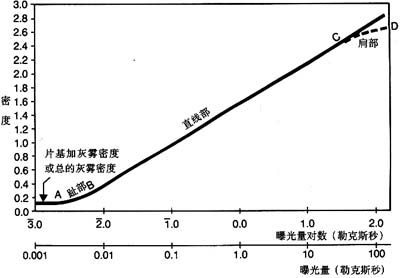
Sensitivity
Below is a comparison of the dynamic range of the dark portion of the ARRI ALEXA camera at different sensitivities.
As shown in the figure, in the case where the exposure amount is the same, the density range of the dark portion has a disparity. In the case of low-sensitivity, the dark part of the picture image exhibits a higher density range, and it is obvious that the details of the dark part are also more abundant and complete.


smoke
In filming, smoking is a common means of creating a sense of space. Such as the "last emperor", "Farewell My Concubine" and other films in the rational use of smoke have played an important role in the film's atmosphere rendering. In addition to the manufacture of smoke in the depth of the picture, on the other hand is its effect on the dark part.
The propagation of light requires medium. White smoke can transmit light to the light source. At the same time, it can refract and reflect light. The smoke is like the effect of mipollo and butterfly cloth. The difference is that smoke can be dexterously filled in the air. In every corner of the picture, it adds some light to the dead corners in the picture.
Strong film
Due to the special properties of the film, as long as the film reacts to the light, the intensity of the light reflected by the film after exposure is theoretically divided into gray levels of 128 or more. The human eye can distinguish 32 levels is extremely delicate. So even if the human eye can't tell the level, the film is actually aware of it. When the temperature of the developer is high, when the development time is long, this part of the silver salt with little sensitivity will also be collected.
Usually ISO100 film can be used for one file, and the effect is average. ISO400 can be added in two gears, provided that the requirements on the pellets are not high. Sensitized a file, the temperature is unchanged, the development time is increased by 50%, and the second gear is increased by 100%.
The strong sensitization of the film is mainly the grasp of the dark part and the special treatment in the case of low illuminance. By highlighting the details of the dark part of the picture, the dark part is more transparent.
Light seepage
Light seepage is a visual experience of a picture produced by psychological action.
Color expansion and contraction
The French flag was originally made of red, white and blue in the same area. However, when the flag was raised into the air, the area of ​​the three colors was not equal. So the experts of color were convened to conduct special research. When the ratio of the three colors is adjusted to the ratio of red 35%, white 33%, and blue 37%, the area is equal. What is the reason for this? Because when the light of different wavelengths passes through the crystal of the eye at the same time, the gathering point is not completely in a plane of the retina, so the sharpness of the image on the retina is different. The long-wavelength warm image appears to be inaccurate in focal length, so the image formed on the retina is ambiguous and seems to have a diffusivity; the short-wavelength cool image is clearer and seems to have some contraction. Therefore, when we are gazing at red, we will have dizziness when the time is long, and the image of the scene is blurred and there seems to be a feeling of expansion. If we change to cyan, there is no such phenomenon. If we look at the red and blue contrasts, the area of ​​the illusion will be more obvious due to the effect of color contrast.
The expansion and contraction of color is not only related to wavelength, but also related to brightness. Due to the physical principle of "spherical aberration", a bright object seems to have a circle of aperture around the outline of the image formed on the retina, so that the image outline of the object on the retina is enlarged, and it seems to be larger than the actual object, such as power supply. The bright tungsten filament of the electric lamp seems to be much thicker than the tungsten filament before the energization, and this phenomenon is called "light seepage" in physiological physics. Goethe pointed out in the article "On the science of color": "The two dots are equally large in size, and the black dots on a white background are one-fifth smaller than the white dots on a black background." The same person. At sunrise and sunset, there seems to be a depression on the horizon, which is also a visual phenomenon caused by light penetration.
Printed black and white striped cloth of the same width, it feels that the white strip is always wider than the black strip; the same size black and white square plaid, the white square is slightly larger than the black square. In supermarkets, small items and small packages should be brightly colored if they are to be conspicuous. If it is to be noble and delicate, it should be calm or dark. In order to enlarge the sense of interior space of buildings or vehicles, the color design should adopt light and bright colors such as milky white, light rice, and ivory. For a particularly narrow space such as a bathroom, a mirror can be used as a wall surface, and the reflection of the mirror can be used to increase the area. Width and brightness.
It is very effective to apply the principle of light seepage to the composition of the picture and the control of the dark part, and it is possible to create an image experience other than pure technology.
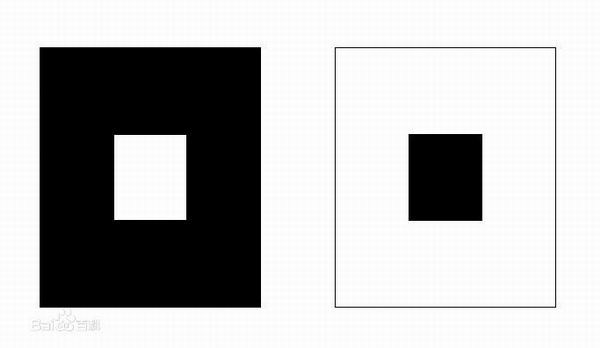
3. Innovation and advancement of the means of exposure control of the dark world in the development of contemporary technology.
Base light (color change temperature)
In the movie "The Mistakes", Ukbauer, Malampola and the children eat ice cream on the balcony together. Ukbauer's face is mixed with a variety of color temperatures that match the characteristics of the sunset light – warm sunlight blends with the bluish sky. So Ukbauer's face has a golden sun at the lower end, and the upper part of the face and the dark part of the background are cold. When laying the base light, consider the light effect atmosphere at this time, so the fill light should be slightly blue, and a gossip kinoflo daylight type 4f×4f softbox is hung above the top of the actor as the base light with four points. One of the blue light paper and the full soft paper.

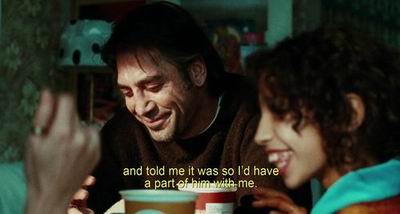
School color
Take "Imperialism still exists" as an example. Because the breakfast scene in Chinatown was taken during the dinner time after the sun set. In a window in the scene, the photographer tried to make the window look bright, balance the internal and external brightness, and try to make the scene look like the morning. In this case, the focus of the work is to correct the black, and indeed ensure that the black of the dark part is pure black.
In the color correction of the night scene in "Detective Sherlock Holmes", the lighter described it as mixing pale and dark colors with silvery darkness. He explained: "First, we have reduced the saturation a lot, because at night, you can't see the color, then we add some cyan. Finally, we drop the sky, which is tricky because they will It changes with each lens. It is very simple to turn the sun into the night scene because it has silver characteristics. Photographer Philip Rusrot explained, "That night is not true. Blue, but gray. â€

Shade
"Mother and Son" photographer Globert said that in the first night scene in the movie, Karen got up from the bed, crossed the hall, and slept with his mother. To make this night scene a distinctive visual effect, not too blue, use a shark blue. All the lights are added with this kind of filter paper. When viewing the effect on the monitor, it is found that the dark parts can be properly leveled by increasing or decreasing the light paper. “From this moment on, I will go beyond the basic color when shooting certain scenes, and strive to achieve the effect I want in the camera through the light paper. Sometimes the scene seen by the naked eye is a bit too much, but on the monitor. It’s just good.â€
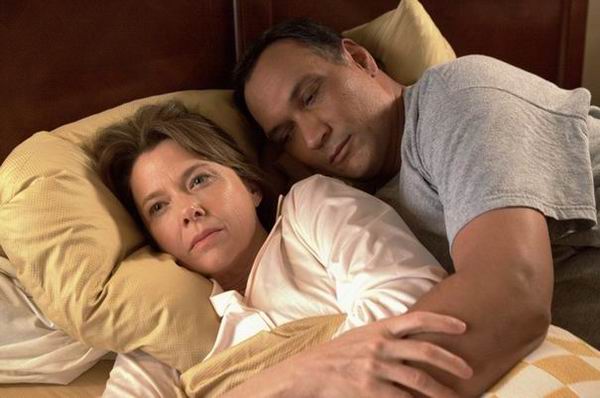
Ciguang
When shooting Ukbauer’s scene of giving money to Malampo on the street in "The Mistakes", the activities of each picture character are in the shadow of the dark part. This eliminates the need for manual lighting. So the biggest difficulty in this scene is the dark part. The photographer only uses 3f*3f white Mi Polo to make eye light. When Uckbauer hugs Malampola, the photographer leans over the camera and captures the light of the sky. At this moment, Malanpora suddenly relaxes, and the light makes the blue light in the sky and the red part of the bright part. The brick wall reflects the warmth of the dark part of the face, alternating. The clever capture of the light makes the dark parts transparent.
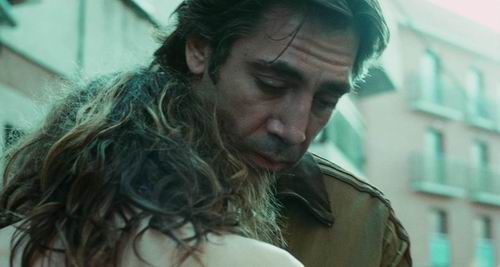
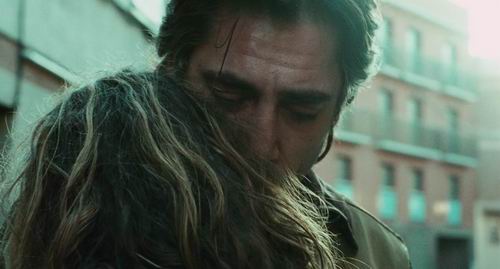
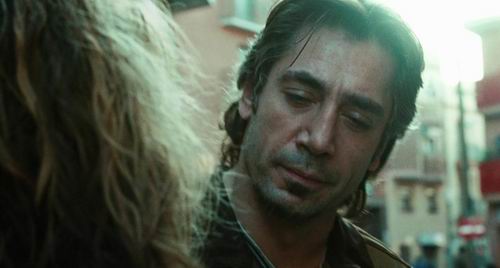
Strong film (new film model)
"Beautiful Mistake" makes the dark part produce a saturated image with extremely strong graininess.
Strong sensitization enhances graininess while enhancing contrast and color saturation. When shooting a night scene, the dark part occupies most of the picture. There is a lot of black material in the frame, and the strong (vision2 500T) 5260 becomes a bit muddy and a bit blue in the black area. Therefore, in dealing with the dark part, Pieto switched to (vision3 500T) 5219, which strongly enhanced the level of sensation. Although the graininess is weaker than that of the 5260, in the extremely dark, high contrast night scenes, it can present a deeper, cleaner black.
Variable speed upgrade
Take the movie "Thunder Thor" as an example. They are equipped with maxi-brute devices with twelve lamps, each connected to a dimmer, and the softbox can be freely controlled to any height and tilt. The softboxes are placed together at different angles to create a huge flexible light source. Form a uniform base light that is placed around the actor and the environment. The angle at which people are seen is the same.
Due to the use of a photo-sonic camera to shoot a 360-gauge liter lens per second, there is a certain density in order to ensure that the dark portion is exposed properly during the shifting process. This requires an exposure brightness equivalent to about the aperture 11 or so. Therefore, a brightness conversion scheme from aperture 4 to aperture 11 is required. Therefore, the dimmer was carefully planned before shooting.
3D photography
3d version of "Harry Potter and the Deathly Hallows". The 3D picture is essentially darker than the 2d picture. The film's late colorist Doyle said that two sets of color schemes must be established when grading. The colorist colorizes the film in 2d and builds a color conversion model in 2d so that it can be directly applied to 3d. When grading, it is to make the 2d version of the picture darker, instead of making the 3d version brighter. This is contrary to the traditional processing methods in the industry. This means doing things in the yuv space, not in the rgb space. Colorists are more concerned with brightness and density of dark parts. This requires space for exposure to dark parts during the previous shooting. The late adjustment of the dark part may have some partial darkness, which is consistent with the style of the Harry Potter films.
Digital intermediate
"Detective Sherlock Holmes" Philip Rusrott's grasp of the film deliberately away from the visual effects of a certain period of the old age. This effect is accidentally done during the production of the digital intermediate film. The shadows are slightly softened to create a subtle blurring. Sometimes the color correction will darken the black of this highly contrasting image. “Usually, you want to have a lot of details in black, but in this picture, we consciously lost the details,†Rusrott said. “It looks like the paintings of the 19th century glazes.†The explanation for this is that glaze is a black pigment extracted from coal tar that gradually decomposes over time. In the end, Delacroix and many others who used this pigment to make dark black paintings in the paintings were destroyed.

4. The attitude of contemporary cinematographers to the control of the dark.
Cao Yu, "Nanjing! Nanjing!"
(1) Low illumination, in some scenes indoors, he only uses candlelight as the main source of illumination. Influenced by the painter's style of oil painting by George Latour. The candle light can form a soft transition from the bright part to the dark part on the wall or the person's face, and can get a solid black.
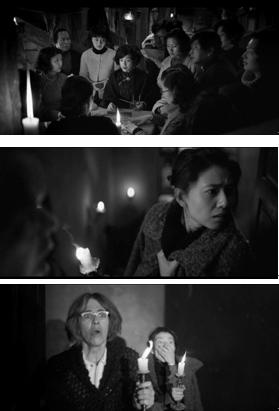
(2) Smoke, because "Nanjing! Nanjing!" is a black and white film. The photographer and the pyrotechnician did a lot of experiments on fog and smoke before shooting. In close cooperation, the smoker's gray-black smoke became the best butterfly and black flag for photographers. The place where the gray-black smoke is heavy can effectively suppress the dark image, and the smoke can separate the different front and back views of the same dark part through the reflection of the highlight portion. Cao Yu expressed his satisfaction with this. He believes that the erection of soft cloth will undoubtedly bring freedom to the shooting of long shots when shooting on location. Through the smoke, the sun is the main source of light when shooting as a location. The dark part of the character can be a beautiful effect, silhouette, half silhouette or only half of the outline of the person.
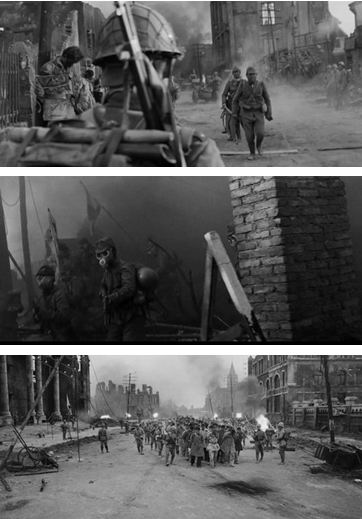
Libdick "Iron Man 2"
He usually keeps the aperture at T2.8 when shooting, and his exposure to the base exposure point rarely appears in his lens. Usually the actor will be down one level or one level and one level at the exposure point. This will reduce the brightness of the dark part accordingly. Libdike believes that the feeling of the main light is not true. He wants the main light to give people a feeling of lighting in the original state and discovering the original state. One way to achieve this feeling is to reduce the exposure.
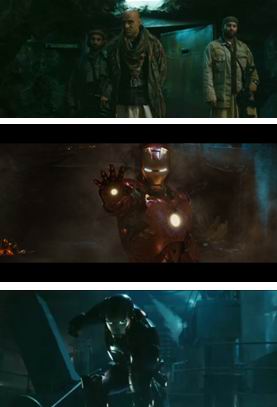
Ryan Hill, "The Redemption of General Bart" (Best Picture Award for Documentary)
The photographer's view on the dark exposure control: Since many scenes involved in the shooting are not ready for shooting, the environment we are facing is a lot of burned buildings with very poor lighting. Instead of trying to raise all the dark parts to the exposure point during shooting, it is better to set the exposure points according to the existing light and press all the rest to the shadow. Finally, the decision was made correct. Later, the company made a beautiful remedy for the dark parts. They removed the noise and increased the brightness of the dark part of the subject.
Robert Richardson, "The Island of Confinement"
Low illumination
In a scene where Teddy was looking for a patient, the storm suddenly caused the entire ward to be paralyzed. During the conversation between the two, Teddy continued to illuminate a match. “How can I use only one match lighting in a nearly black scene?†Richardson said thoughtfully. He can handle the dark part, but it does not feel real. “When we sometimes face only the weakest contour light at a certain point, this means that if the base level of the aperture brightness combination is set at approximately (5219 film) T2.8, we may be under the exposure value. At the third level, after the match is lit, it is raised to one-half of the base light at a specific time, and the highlight here may be strong enough to reach the exposure level of six.†Richardson allowed the passage through the ward. The skylights are set inward to set the ambient light at the base value, and the light is supplemented by a lower position window, which creates a critical density or background light on the wall and makes the single ward more shaped. “I have put enough light on the wall to create a base exposure value, and we can strengthen or weaken it while making digital intermediates when necessary.â€
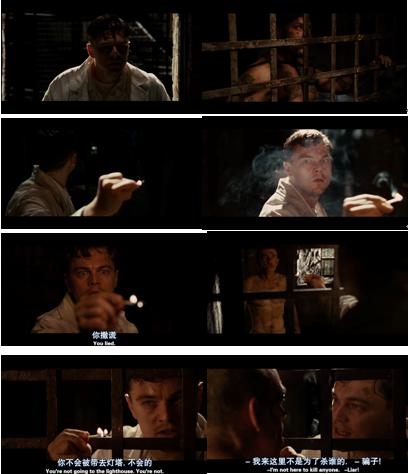
In order to enhance Teddy's match lighting effect, the crew used a butane tank that produced a small flame. While the camera is tracking the Rio motion, there are always two stunts moving along with the camera. Richardson explained. "When the match is extinguished, the flame on the butane can is extinguished together. The match is ignited again and the flame is lit up. The butane flame becomes the main light. When shooting Teddy's subjective view, we will compare The big stick is placed near the camera, the light of the flame stick is strengthened, the horizontal bar of the single ward in the foreground is illuminated, and the ward is lighted. The flame stick brings me the color of the match flame, and I still like dimming. The effect of the plate is not stable, because the flame itself is dynamic, and in addition, it is constantly changing - they are incoherent, inconsistent, always mysterious, unexpected. In the digital intermediate During the production process, the colorist carefully processed the walls and sometimes dimmed them, which helped reduce the excess light in the butane pilot."
5, the dark part control out of the "tradition", positioning in the field of virtual technology of the film.
Making "depth of field" with dark control
-3D movie "Avatar"
Photographer Mauro Fiore talked about the 3D digital camera's handling of dark-level problems. "Controlling the amount of exposure and opening a large aperture to obtain a shallow depth of field is a bit of a dilemma in the field of 3D virtual technology. You need to look at the depth of field, Determine a certain dimension for the material, but if the depth of field is too large, and the details in the background are too much, the audience's eyes will wander around the screen, not sure what to look at. Finally, solve the problem through lighting and scene layout. We strive to minimize the visual interference in the background. By controlling the illumination of the dark parts of different areas, we can attract the attention of the audience to the place we want. This can be achieved not only by opening the aperture to obtain a small depth of field. The spatial relationship, but through the contrast between the bright and the dark and the division of the dark lighting level, creates a depth of field that guides the viewer's line of sight."
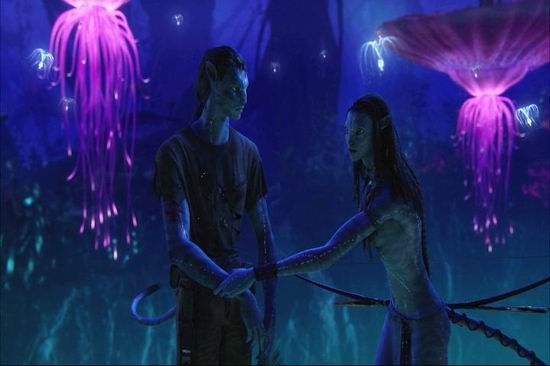
6, summary
The film is the illusion art of the moving image. With the light and the exposed picture, the visual image of the object and the space can be presented. The dark part plays the role of composition, balance and rendering the atmosphere in the picture, and the reasonable dark part control can show their form. Texture and color, showing their spatial position and movement, in order to display an artistically appealing visual artistic image, which is the role of the dark part in photography, namely the role of exposure, styling and artistic expression. effect. Photographers rely on light and exposure to shape the image of the screen. In the creation of film images, it is sometimes difficult to distinguish which parts belong to the director, which are art and which are photographers. For example, the choice and performance of the scene, the establishment of color tone and color matching, scene scheduling, character modeling, and even the connection of modeling montage and so on. Relatively speaking, the composition of film use and the picture is often not replaced by anyone, and it is done independently by the photographer. Therefore, light and exposure are one of the most important means of expression for photographers. The photographer's control over the exposure of photography shows a deep insight into the art of video and a distinct personal style.
The development of contemporary digital cinema photography is rapid, and the successful application of digital photography technology by more and more commercial blockbusters has made film photographers show more confidence and confidence in the future of digital technology. The means of dark control are supported by greater development and new means based on the characteristics of digital cameras. The image features of the dark part also show different styles and visual experiences than before, especially the new concept that Avatar brings to us. In the era of digital cinema, the weight of film post-production is getting heavier and heavier, and photographers gradually deepen their participation in the post through digital intermediate technology. Through many late means, photographers can make secondary corrections and creations of shadow control and exposure. Compared with traditional means, it opens up a broader space for photographers' creation.
references
[1] American Cinematographer Magazine
[2] "Manufactured Images (Digital Technology with 15 Filmmakers)" Gong Rumei / Zhang Ming with China Film Press
[3] "The Aesthetics of Film Photography Application" Lin Biao, China Film Press
About the Author:
Zhang Xing is a teacher at the Film Academy of Zhejiang Communication College and a member of the Zhejiang Film Association.
Description of bouncing doll cover sleeve
This kind of jumping boucing doll can make the kids so strange because of its jumping by itself.
1. Round Pet Braided Expandable Sleeve
2. Green and Halogen Free
3. Flexible and Lightweight
4. Cut with Different Length According to Client's Requirements
5. Popular to Kids Playing
Boucing doll sleeve's material is PET Expandable Braided Sleeve compiled by the Environmental Protection PET filament diameter monofilament 0.20mm or 0.25mm's made with good flexibility, flame resistance, abrasion resistance and heat resistance, network management can be easily expanded to the original 150% , and it is easy to tighten the various irregularly shaped objects, which can be maintained within a wide temperature range while maintaining a soft, can inhibit chemical corrosion, UV and friction, characterized by its unique mesh also has good ventilation, wire heat diffusion function in a timely manner.
Jump Doll Sleeve,Jump Doll Sleeving,Jump Kid Toy ,Sleeve For Bouncing Doll
Shenzhen Huiyunhai Tech.Co.,Ltd , https://www.hyhbraidedsleeve.com